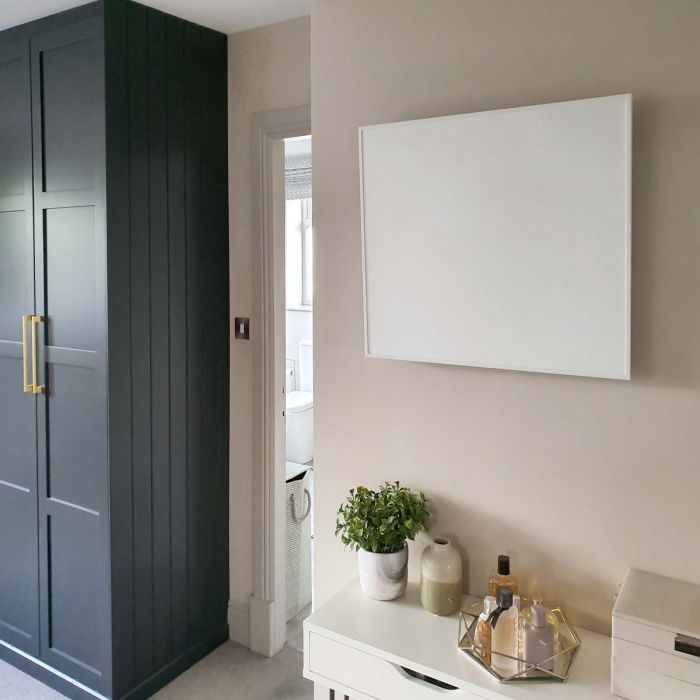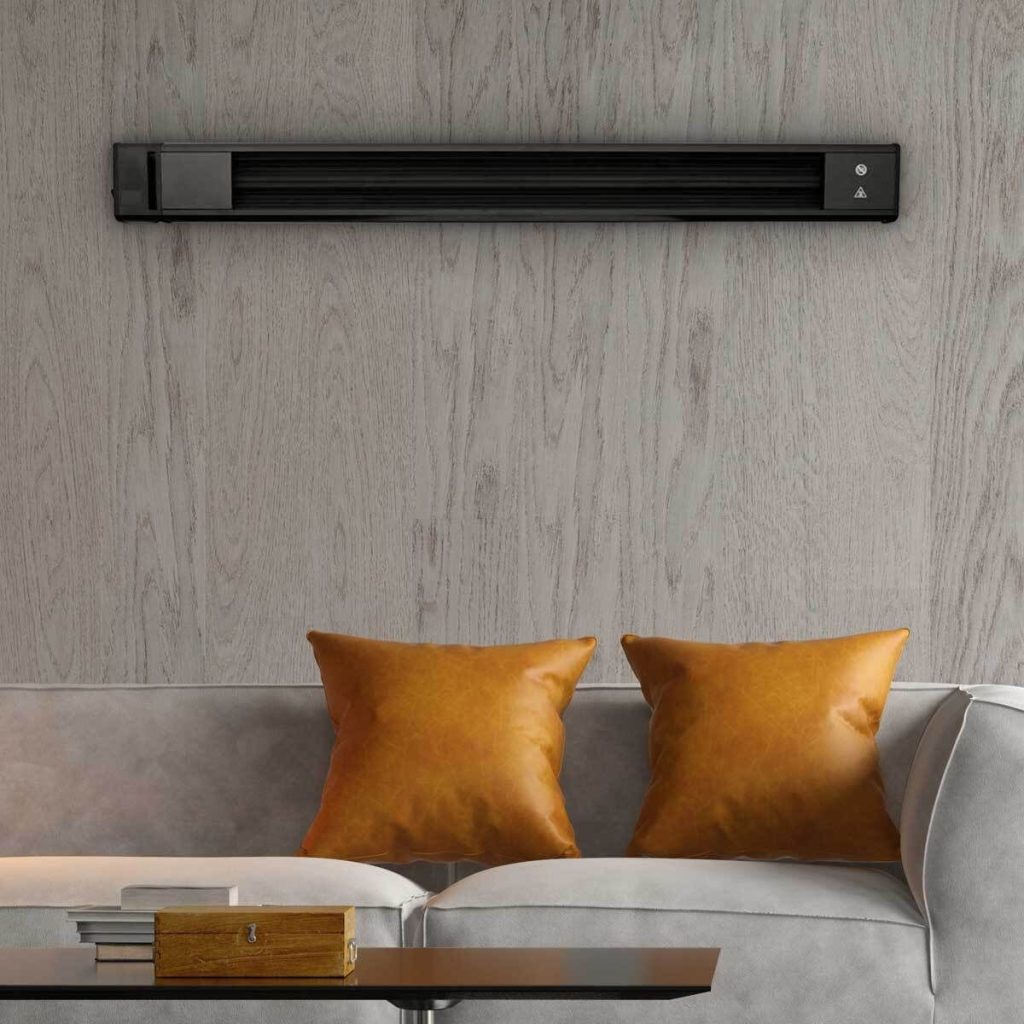It’s nothing new that some heating options require a certain amount of maintenance. Gas central heating, oil boilers and heat pumps all need yearly servicing, not only a time-consuming job but a costly one too – with typical fees around £100-150. With zero moving parts or combustion of fuel, infrared heaters require comparatively very little maintenance, just a light cleaning every so often is sufficient. In this blog, we’ll be covering the reasons why infrared heating is able to be so low maintenance, how it compares to other methods, and just what exactly is needed on the upkeep front.
How much maintenance do infrared heaters require?
It might sound too good to be true – especially if you’re used to gas central heating and its annual checks – but infrared heating requires zero necessary maintenance.
How is zero maintenance possible?
The nature of infrared heating enables zero maintenance in three main ways:
- They do not make use of combustibles
The main reason boiler-powered heating systems require so much essential upkeep is primarily because they carry a risk of carbon monoxide leakage. Of course, keeping on top of any potential mishaps in this regard is of paramount importance. As infrared heaters are powered by an electrical element, their heating process requires no direct burning of combustibles like oil or gas, and as such, the need for an annual safety check is removed.
- Infrared heaters are standalone units
Infrared heaters are not part of an interconnecting system – they operate completely independently of each other. This is great from a maintenance perspective: if something was to go wrong with one heater, it wouldn’t affect the whole network – unlike boiler-based systems, where one small issue will impair every heater until it’s fixed. What’s more, as there’s no moving parts with infrared heaters, the likelihood of problems arising through wear-and-tear is greatly minimised – there’s no fan to fail, air filters to replace or pipes to crack.
- Advanced manufacturing and warranties
The range of infrared heaters sold at Infrared Heaters Direct all come with warranties of at least one year, and often up to five years, at no extra cost. This is testament to their superior manufacturing which guarantees smooth running of your unit for years to come – for extra peace of mind should something happen to your heater.
How to look after your infrared heater
As we mentioned, a quick clean every so often is all that’s required when it comes to looking after your infrared heater. You may be unsure about how to go about this if you’ve never done it before, so this is what we recommend:
- Switch the heater off. Infrared heaters can get very hot when in operation, so it goes without saying your heater should be turned off and completely cool before cleaning – waiting about 20-30 minutes will be sufficient. It’s also advisable to unplug the heater from the socket during the process, too.
- Grab your duster and clean the whole of the unit to remove any dormant dust particles.
- Give the heater another wipe with a clean, damp cloth to remove any debris. No cleaning products are required – in fact, using them may cause more harm than good.
How do infrared heaters compare maintenance-wise?
So now we’ve covered what’s involved in maintaining an infrared heater, how exactly do they compare to other forms of heating? If you’re between options, see our table below for a side-by-side look.
| Infrared heaters | Gas central heating | Heat pumps | Oil boilers | Biomass boilers | |
| Maintenance required | No required maintenance. A quick clean every so often is all that’s needed. | Annual servicing is recommended for gas central heating systems. | Ground source heat pumps require an annual servicing. It’s recommended for air source heat pumps too, but it’s not an essential. | In the same way as gas boilers, oil boilers need yearly servicing to ensure safety and efficiency. | Most biomass boilers will require a service once a year. |
| Average cost | Free | Around £100/year | Around £100-£200/year | Around £75/year | Between £180 and £450/year |
| Can it be done DIY? | ✓ | ✖ | ✖ | ✖ | ✖ |
Low-maintenance heating with infrared technology
If the thought of cancelling that annual servicing is a much-needed breath of fresh air, gradually switching your home’s heating to an electric source, like infrared, is a great way to go. There’s a solution for every part of your home – from your living room, to the hallway, the bathroom, and even your garden or patio.
Ecostrad Thermostrip: an ideal all-rounder for homes large & small
Heating larger and more open spaces to perfection, the Ecostrad Thermostrip offers a simple and efficient way of keeping your home warm and welcoming. With a sleek black facade, the Thermostrip is installable on walls to keep your heating neatly out of eyeline. Releasing comforting far infrared waves, the Thermostrip starts warming within minutes, distributing evenly over wide, open spaces with ease.
The Thermostrip can be controlled manually through its simple on/off button at the side of the heater, but for more all-encompassing control, it can be wired up to an external digital thermostat. Making precision temperature control highly accessible, devices like the Herschel Thermostatic iQ Control System even have built-in WiFi compatibility, so you can connect your heater to your smartphone through its thermostat.
A great fit for a range of spaces, we recommend the Thermostrip specifically for lofty interiors that are hard to heat using traditional means. We’re talking garages, churches, village halls, barn conversions – alongside all the standard indoor locales, like bedrooms and kitchens. This heater is not recommended for outdoor use unless it is installed in a very well-sheltered area, but not to worry – we stock a host of heaters ideal for exposed outdoor locations.
Step into the future with infrared heating
Annual maintenance checks are a hassle we could all do without. Likewise, having an interconnected boiler system with a whole load of moving parts can make a full-home heating breakdown more likely. Infrared heating has very minimal maintenance requirements, only needing a quick wipe down every so often – there’s no yearly check ups to speak of. So, take a look at our range of low maintenance, independently-operated infrared heaters today.



